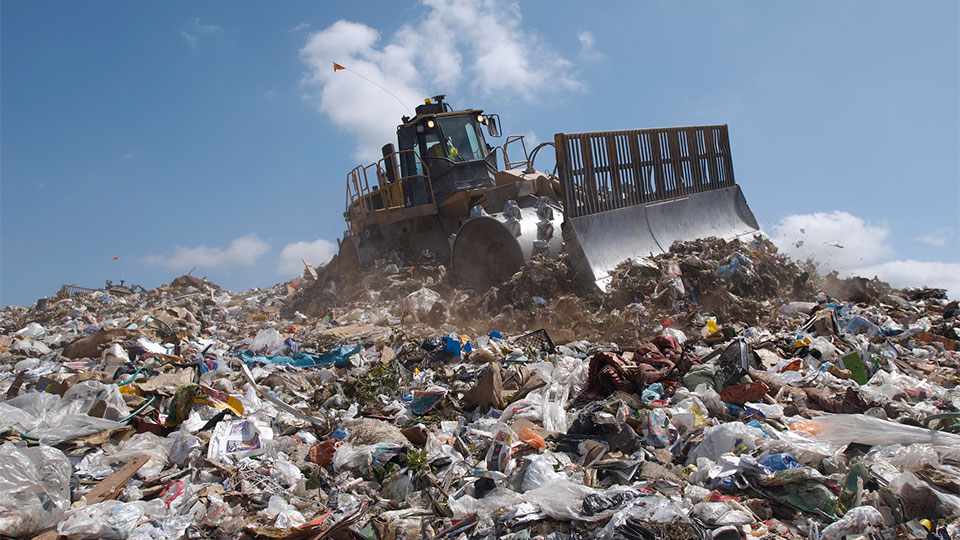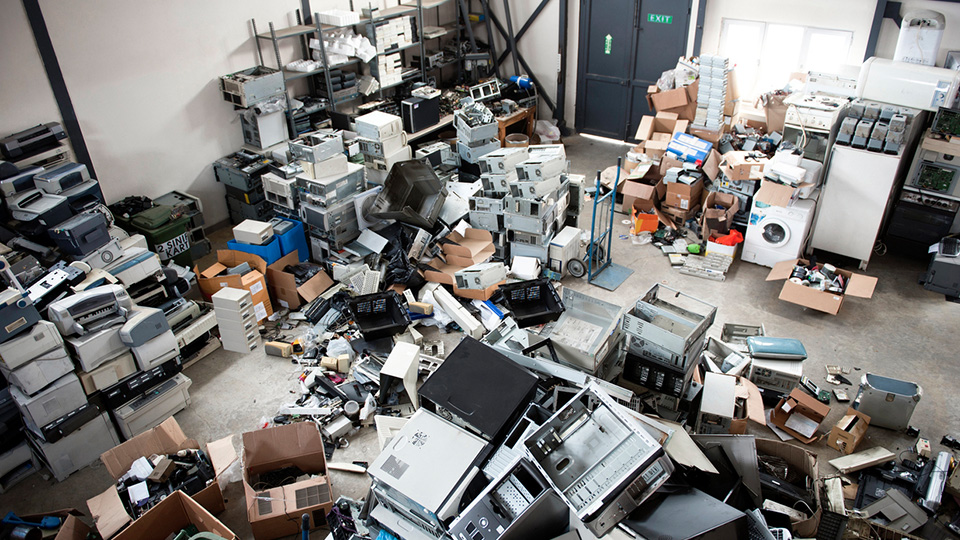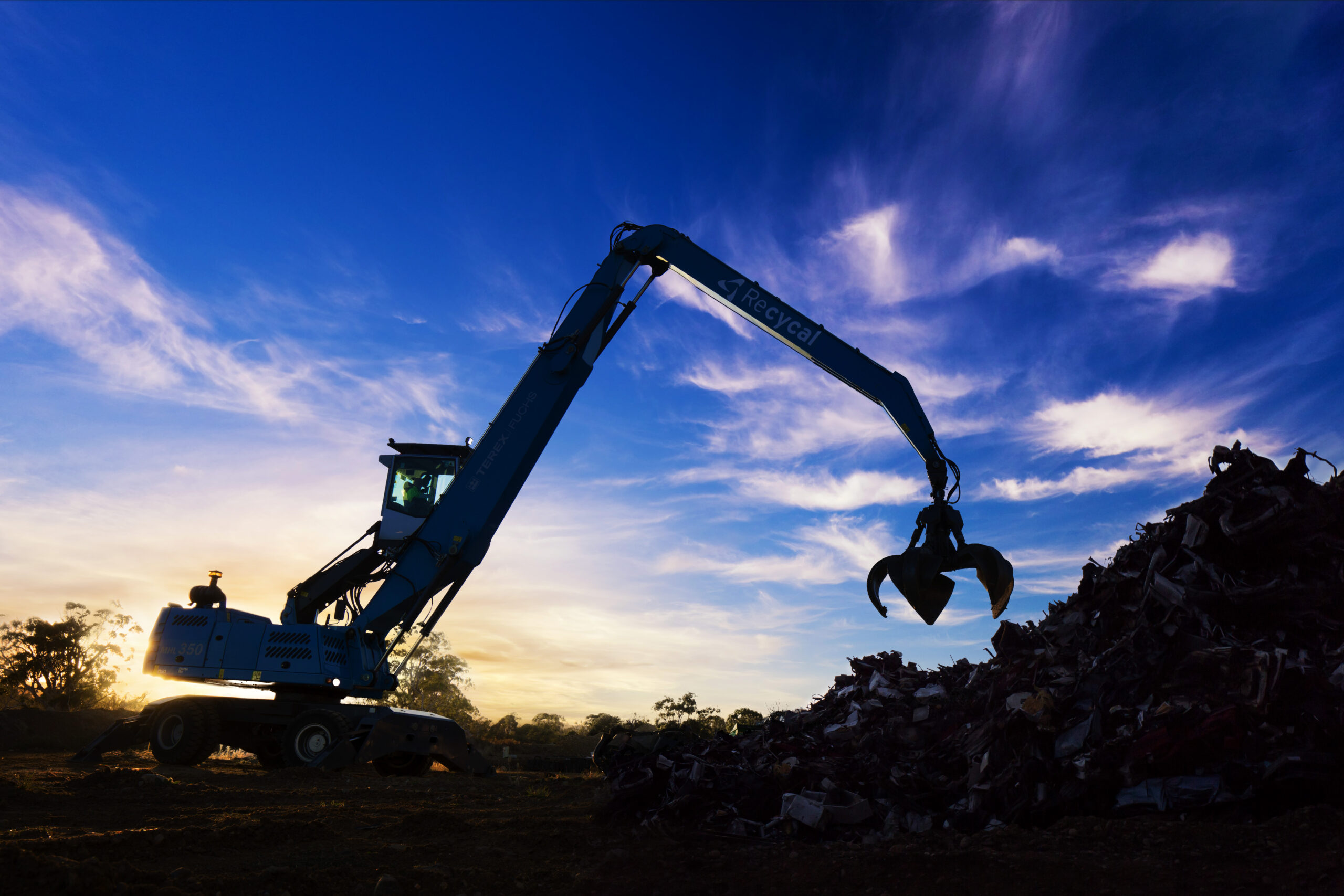How do you dispose of mercury? If that’s not a question you’ve ever thought about, then it’s time you did.
Nearly all of us use products that contain mercury, and the decisions we make at the end of the lifecycle of those products determines whether the mercury gets safely recycled and used again, or if it ends up polluting our already degraded environment.
Identifying problem items
The first step to the safe disposal of mercury is to identify the main mercury-containing products that that you are likely to come across.
You can start with our list of common items containing mercury, but also remember that computers, tablets, mobile phones and other items that rely on printed circuit boards may also contain some mercury and other toxic metals.
How much waste?
The next part of our lesson on how to dispose of mercury is to look at how much mercury-containing waste you generate.
If it is small quantities generated at home or by a small business, then things like batteries, compact fluorescent lamps, a few fluorescent tubes and the occasional computer can often be taken to your local council waste and recycling transfer station.
If your council doesn’t accept these items, often a neighbouring council will. Council offices may also accept small items such as batteries and compact fluorescent lamps, and some retailers do likewise. Check your council’s website or recyclingnearyou.com.au for more local recycling options.
Stepping things up, and as a rough guide, if your organisation needs to dispose of more large quantities of waste then Ecocycle offers convenient pre-paid lighting collection boxes and battery buckets.
Your organisation should contact Ecocycle if it needs to dispose of more than the following quantities of waste each year:
- 50 fluorescent tubes
- 200-300 compact fluorescent lamps
- 5 litres of batteries.
As for old TVs, computers and similar electronic waste, if you have enough to fill a stillage bin (small skip), then talk to us. We can arrange pick up. By the way, one of the first steps in our computer recycling process is to physically destroy the hard drives to ensure data security.
School and university labs occasionally come across old mercury thermometers or jars of mercury. Hospitals and medical clinics have other mercury-containing equipment. If these need disposal they can be delivered to one of our depots, and if you have any concerns about safety, give us a call and we’ll advise on the best course of action.
X-rays
Although they don’t contain mercury, x-ray films can also be recycled. They can be sent to us by post or placed in marked collection bins at our depots during opening hours. Call us if you also need to dispose of x-ray processing chemicals.
Closing the loop
So far we’ve solved the problem of how to dispose of mercury containing-products from your point of view, but how do we dispose of mercury safely?
The solution is recycling, and the main process we use is distillation. In essence, it’s a bit like making whiskey, only we are distilling mercury rather than alcohol. That means using special equipment that can heat waste to at least 357oC. The mercury turns to vapour, it condenses on a cool surface, and the high-purity mercury is sold to the dental industry to make dental amalgam fillings. Eventually those fillings will also be recycled, creating a true closed loop recycling process.
We also take care to recycle glass, metals and other components of the waste we process.
For a complete solution to your mercury containing e-waste, lighting, battery, medical and dental waste, give us a call on 1300 32 62 92 or fill in the form below.





